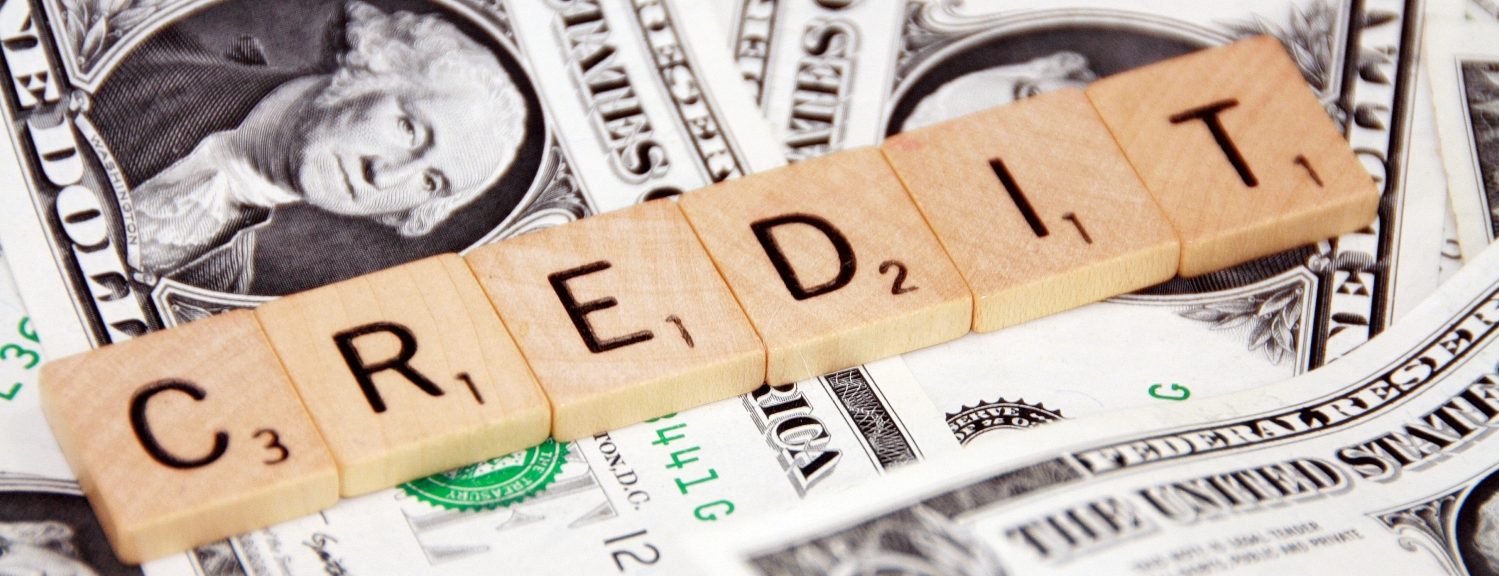The Bank of England has raised interest rates, for a 10th consecutive time by 0.5 percentage points to 4%. What does this mean for your finances?
How will it affect mortgage payments?
Thursday’s move is yet more bad news for the approximately 2.2 million people on a variable rate mortgage, who are also grappling with higher fuel and energy bills. Many now face paying hundreds of pounds extra a year.
About half of those 2.2 million are either on a base rate tracker or discounted-rate deal. The other half are paying their lender’s standard variable rate (SVR).
A tracker directly follows the base rate, so your payments will almost certainly soon reflect the full rise. On a tracker now at 4.5%, the interest rate would rise to 5%, adding £41 a month to a £150,000 repayment mortgage with 20 years remaining. The monthly payment on such a mortgage would rise from £949 to £990.
Of course, for those with bigger mortgages, the numbers will be bigger. On a £500,000 mortgage the monthly payment will rise by £139 to £3,301.
SVRs change at the lender’s discretion and most will go up, though not necessarily by the full 0.5 points. Some lenders may take some time to announce their plans. The average SVR rate is 6.84%, according to Moneyfacts.
However, about 6.3m UK mortgages (three-quarters of the total) are fixed-rate loans. These borrowers are insulated until their deals expire – but for many that will be soon, with 52,000 due to expire in February and March.
What about new mortgages?
The past few months have been a stressful and costly time for anyone looking for a mortgage deal, whether it is to buy their first property or to replace a deal that is ending.
Home loans were already getting dearer after a run of Bank of England interest rate rises in 2022. But about 1,700 deals were withdrawn amid the financial shock caused by Kwasi Kwarteng’s disastrous mini-budget in September, which sent the average two- and five-year fixed mortgage rates up sharply, from 4.74% and 4.75% respectively, to peak at 6.65% and 6.51% in October.
Since then, lenders have started competing for custom again and rates have started to come down. The average new two-year fixed rate stood at 5.44% on Thursday, according to data provider Moneyfacts and 5.2% for a five-year fix. The top rate tables indicate there are cheaper deals out there including some starting with a 4.
David Hollingworth, an associate director at L&C Mortgages, says fixed rates have fallen back from the post mini-budget highs with the trend expected to continue. The improving picture meant that mortgage costs for the best deals are potentially thousands a year cheaper than just a few months ago.
“That said, rates remain higher than the lows of recent years and those coming toward the end of a fixed deal will need to plan ahead,” Hollingworth said. He advises homeowners on their lender’s SVR to “urgently review their options” as they are often about 7% or more. “Even if they prefer to keep their options open, a penalty free tracker could offer a better holding position.”
Indeed borrowers who think the run of Bank rate rises will end soon, or even start to reverse, are increasingly seeking a “tracker” or variable rate loan when they buy a home or remortgage, potentially halting what had been a long-term shift toward fixed-rate deals. At the time of writing, the average two-year tracker deal is at 4.39%.
The share of people seeking a tracker deal has more than doubled, according to a Bloomberg report. For those remortgaging, about a fifth searched for variable rate deals in November and December, up from close to 5% a year earlier, according to the mortgage comparison platform Koodoo. For those seeking to purchase a house, the share of searches for tracker deals jumped from 7% and 8%, respectively, in the final two months of 2021, to 24% and 21% a year later.
Hollingworth says many borrowers like the security of a fixed rate because they prefer to know where they stand with their biggest outgoing. For this group, he says, “rates are now at the lowest level since the mini-budget sent them into orbit”.
What if I’m already struggling with payments?
Cost of living pressures are clearly going to weigh more heavily in the coming months, with UK Finance, the banks’ trade body, predicting the total number of mortgages in arrears will increase by nearly a quarter to 98,500 this year, a figure that equates to “about 1%” of all outstanding home loans. It is forecasting the total will rise again to 110,300 in 2024.
The banking body also thinks the number of repossessions will rise from an estimated 4,100 in 2022 to 7,300 this year, and again to 9,700 in 2024. However even at this level the numbers are a lot lower than in previous downturns: there were 37,000 repossessions in 2011, for example. Repossessing a home takes up to two years and is very much seen as a last resort for lenders.
“Households with both variable mortgages and fixed-rate mortgages due to expire this year are in for a financial shock as rates have now risen to 4%”, said Sam Richardson, the deputy editor of Which? Money. “We’re concerned this sharp rise in repayments could push even more people over a financial cliff as our research shows 2.3m households missed payments in the last month.
skip past newsletter promotion
Sign up to Business Today
Free daily newsletter
Get set for the working day – we’ll point you to all the business news and analysis you need every morning
Enter your email address Enter your email address Sign upPrivacy Notice: Newsletters may contain info about charities, online ads, and content funded by outside parties. For more information see our Privacy Policy. We use Google reCaptcha to protect our website and the Google Privacy Policy and Terms of Service apply.
after newsletter promotion
“Anyone at risk of missing payments should speak to their lender or landlord. The Financial Conduct Authority has set out how it expects banks and building societies to support mortgage customers who need help.”
Will house prices crash?
One of the key drivers of house prices is what people can borrow, so higher borrowing costs have a big impact. Official data published this week showed the number of home loan approvals dropped to 35,600 in December, down from 46,200 in November. This was the fourth consecutive monthly fall and the lowest total for approvals since May 2020 when the UK economy was affected by a near-blanket lockdown.
The latest snapshot of housing market activity from Nationwide showed a small price decline for January extending what is now a five-month losing streak. The average cost of a home is 3.2% below the peakof last August, according to the building society’s monthly report.
In terms of “official” forecasts, the Office for Budget Responsibility, the government spending watchdog, thinks house prices will fall by 9% between now and the third quarter of 2024. But there are plenty of bigger numbers out there, with one analyst predicting a peak-to-trough fall of more than 25% once inflation is taken into account.
But whether prices will crash is another matter. There were predictions in 2016 that house prices would slump if the UK voted for Brexit, and then a flurry of crash forecasts at the start of the pandemic in early 2020, but in both cases property values defied gravity.
What about credit cards and loans?
Other types of borrowing, be it a credit card, personal loan or dipping into your overdraft at the end of the month, have also become more expensive just as soaring living costs are forcing growing numbers of Britons to rely on credit.
Credit card rates are variable but not typically explicitly linked to the base rate. The average interest rate on credit cards dropped slightly to 19.24% in November however that is off what is thought to have been a record high of 19.31% in October, according to official figures. The effective rate on interest-charging overdrafts in November increased by 0.2 percentage points, to 20.93%.
Personal loan rates for new applicants have also been going up. The average rate on new personal loans to individuals increased to 7.87% in November, the highest level since the end of 2017, according to Bank of England data. However, most unsecured personal loans have fixed rates, so if you already have one, your monthly payment will not change.
It’s more good news for savers, though, isn’t it?
After a long period when interest rates on savings accounts were terrible the picture for savers has started to improve. For example, a year ago the average rate on an easy access account was 0.21%, today that is 1.73%, according to Moneyfacts. The rates on cash Isas have also improved considerably.
“Challenger banks and building societies continue to take the most prominent positions in the top rate tables, so savers who fail to review their existing account to the latest top rates may miss out,” said the Moneyfacts finance expert, Rachel Springall. “Loyalty does not always pay and the majority of the biggest high street banks have failed to pass every Bank of England base rate rise to easy access accounts.”



